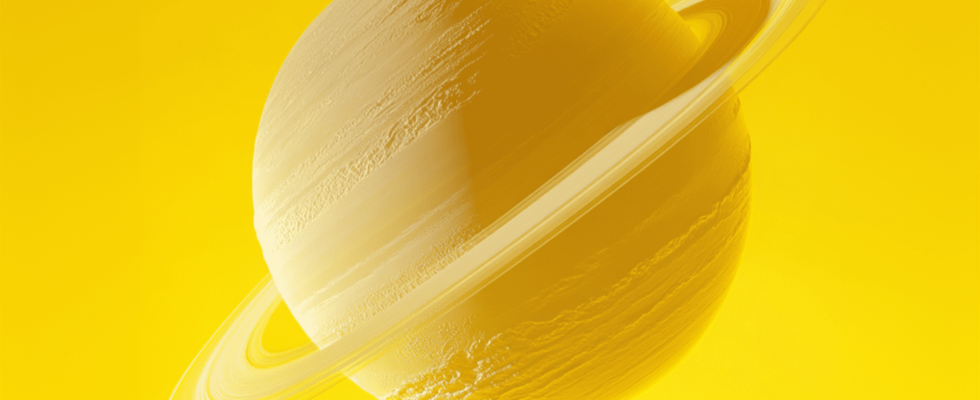Saturn is inseparable from its seven rings. Yet in a few months, they will no longer be visible.
The solar system is inseparable from its major components such as the moon and the planets. Some intrigue by their habitable potential, like Mars, or by their constitution, like Saturn with its seven rings. The gas planet is the sixth in the solar system in terms of distance from the Sun and the second largest in terms of size and mass. It also has 82 natural satellites.
Its rings are composed of ice particles, rocky debris and dust. They are believed to have formed when comets, asteroids and satellites disintegrated under Saturn’s gravitational pull and collided with each other. First observed in 1610 by Galileo, they are now visible from Earth using a telescope.
But that may soon no longer be possible. The European Space Agency has announced that a major cosmic event will change the way the planet is seen. This will happen because of a change in the planet’s tilt in its orbit around the Sun. Over time, the view of the rings from Earth will change, and during this event, the tilt angle will drop to zero degrees relative to the blue planet. Because Saturn’s rings are very thin, “they will reflect very little light and will be very difficult to see, making them essentially invisible,” explained Vahe Perroomian, a professor of physics and astronomy at the University of Southern California in CBS News. It will be like trying to look at a sheet of paper from a great distance from the edge.

This disappearance will take place in a few months, on March 23, 2025. However, this optical effect of disappearance will only be temporary. The rings will gradually become visible again, until such an event occurs again in 13 years. They will play a real celestial hide-and-seek. Conversely, the most favorable inclination for observation will take place in 2032. Saturn will then be inclined by 27 degrees relative to the Earth’s line of sight.
According to a study published in IcarusSaturn’s rings will eventually actually evaporate because they would lose several tons of matter every second, according to a simulation by the researchers. They could then disappear in a hundred million years. And well before that, Saturn’s beautiful corona will lose its splendor: “Perhaps in the not-so-distant future, astronomically speaking, Saturn’s rings will look more like the sparse ones of Uranus,” says study co-author Paul Estrada.
